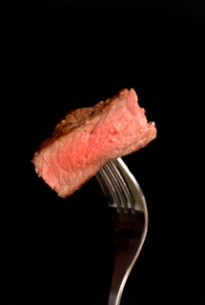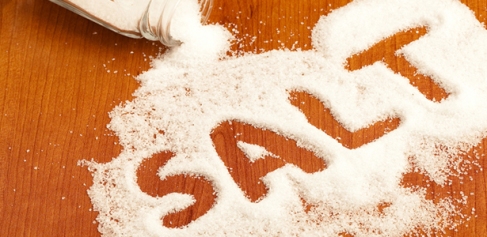Take Your Time & Chew Your Food
Fast cars, fast computers, and fast food. These days, it seems that if it isn’t fast, it isn’t good enough. Our lives are so busy that we try to get through each task as fast as we can, so that we can move on to the next one. Allowing the proper amount of time to eat can be pushed aside in order to allow you more time for some other “more important” task. However, it is critical to take your time and chew your food.
You may not realize that chewing your food has a lot more importance than just breaking it up enough to fit down your esophagus. The perks of chewing your food can improve your health, decrease your waistline, and increase your appreciation for what you are actually eating.
First, adequate chewing is an important step in the process of digestion. It helps break up your food so that your stomach doesn’t have to work so hard. Your saliva contains digestive enzymes that start to digest your food before you even swallow it. As you chew the food, you are breaking it down to create more and more surface area. More surface area means that your saliva can coat a greater portion of it, and start the process earlier. Not only does longer chewing allow the digestive process to start earlier – relieving some of the work from your stomach – but it also allows the nutrients within the food you’re eating to be released. If not properly chewed, a lot of the nutrients in your food can become ‘locked in’, which is defeating the purpose of eating in the first place. Not to mention that un-chewed food fragments can create an environment in the colon that is conducive to digestive distress – bacterial overgrowth, gas, and bloating.
Several steps in the process of moving food through your body are triggered before your food even reaches your stomach. Seeing, tasting, and smelling your food tells your brain to signal the release of digestive acids and enzymes in your stomach. The longer the food is in contact with these sense receptors, the stronger the effects of these brain signals. Strong signals mean more digestive molecules leading to better nutrient absorption, less indigestion, and less acid reflux.
Additionally, eating slower can help you in your weight loss goals. Have you ever prepared a heaping plate of food, scarfed it all down, and then started getting that full feeling a few minutes later? The act of eating slower will allow your body more time to signal to your mind that you are full, telling you to stop eating before you even have the chance to scarf down that entire plate.
Remember, food serves multiple purposes in our bodies. Slow down and allow it to serve all of its duties, rather than just one – filling your stomach beyond its needs. You may also find that you enjoy food more than you have before. The flavors will pop, the textures will strike you as unique, and the smells will provoke memories.
The way you treat your body is usually the way it is going to treat you back!




